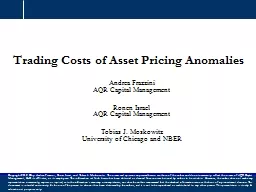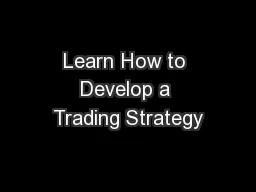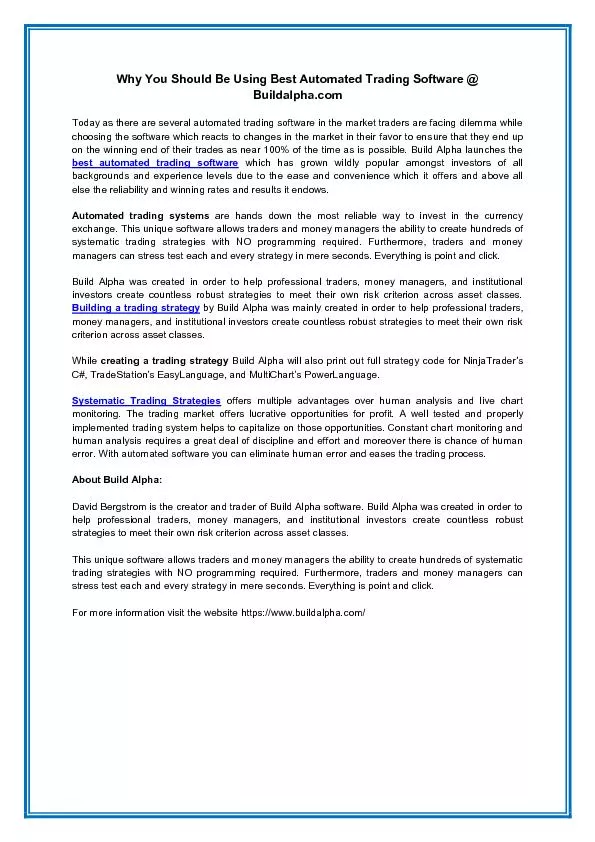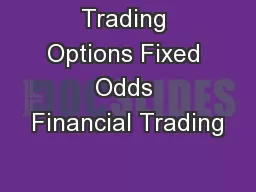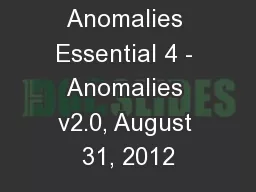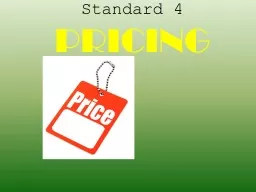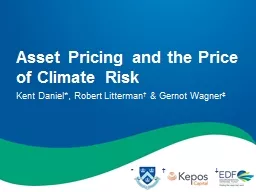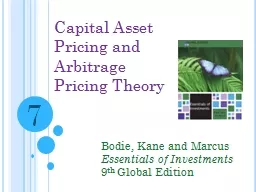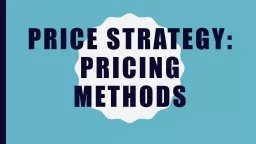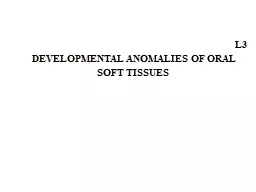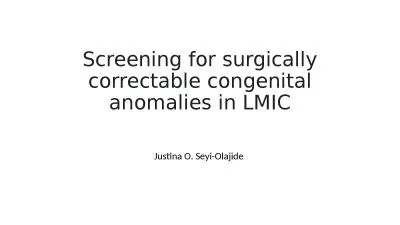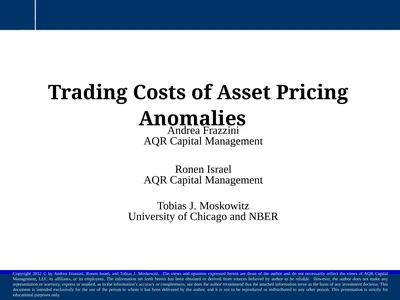PPT-Trading Costs of Asset Pricing Anomalies
Author : pamella-moone | Published Date : 2017-07-19
Andrea Frazzini AQR Capital Management Ronen Israel AQR Capital Management Tobias J Moskowitz University of Chicago and NBER Copyright 2012 by Andrea Frazzini
Presentation Embed Code
Download Presentation
Download Presentation The PPT/PDF document "Trading Costs of Asset Pricing Anomalies" is the property of its rightful owner. Permission is granted to download and print the materials on this website for personal, non-commercial use only, and to display it on your personal computer provided you do not modify the materials and that you retain all copyright notices contained in the materials. By downloading content from our website, you accept the terms of this agreement.
Trading Costs of Asset Pricing Anomalies: Transcript
Download Rules Of Document
"Trading Costs of Asset Pricing Anomalies"The content belongs to its owner. You may download and print it for personal use, without modification, and keep all copyright notices. By downloading, you agree to these terms.
Related Documents

